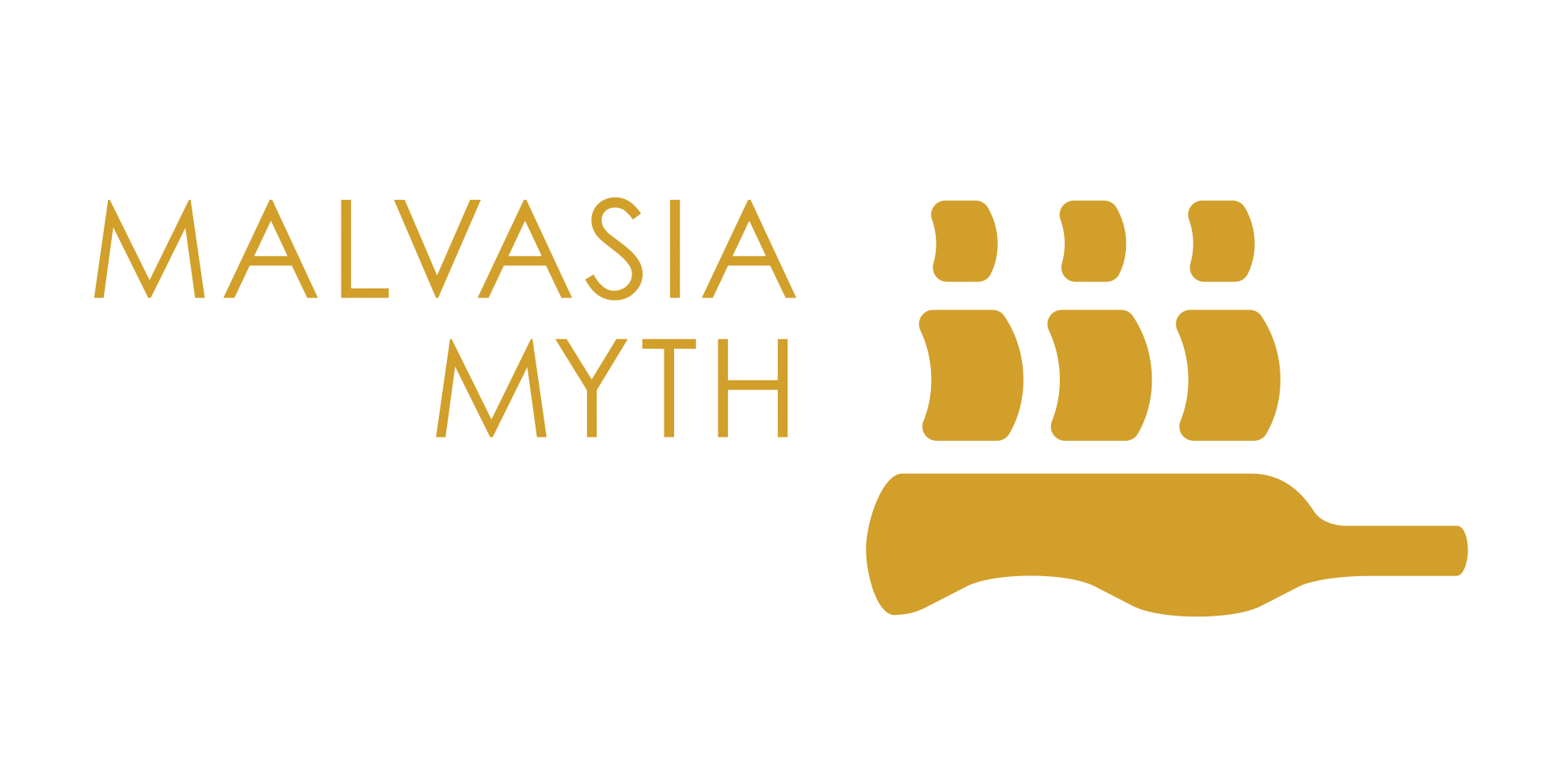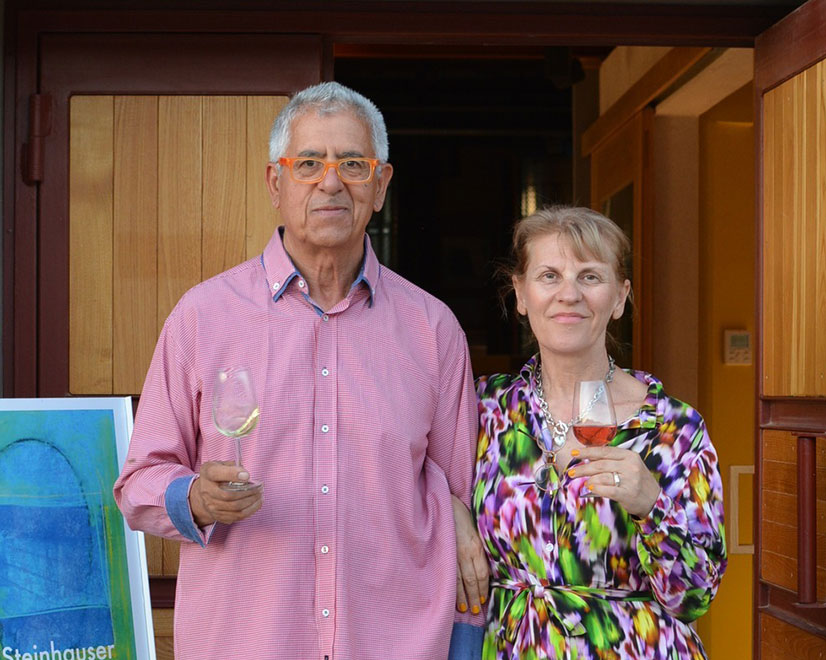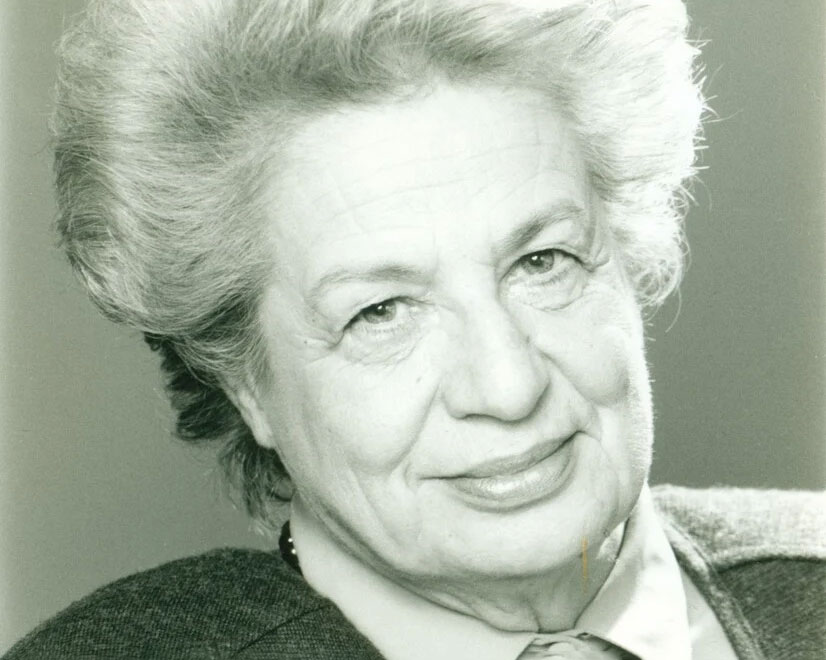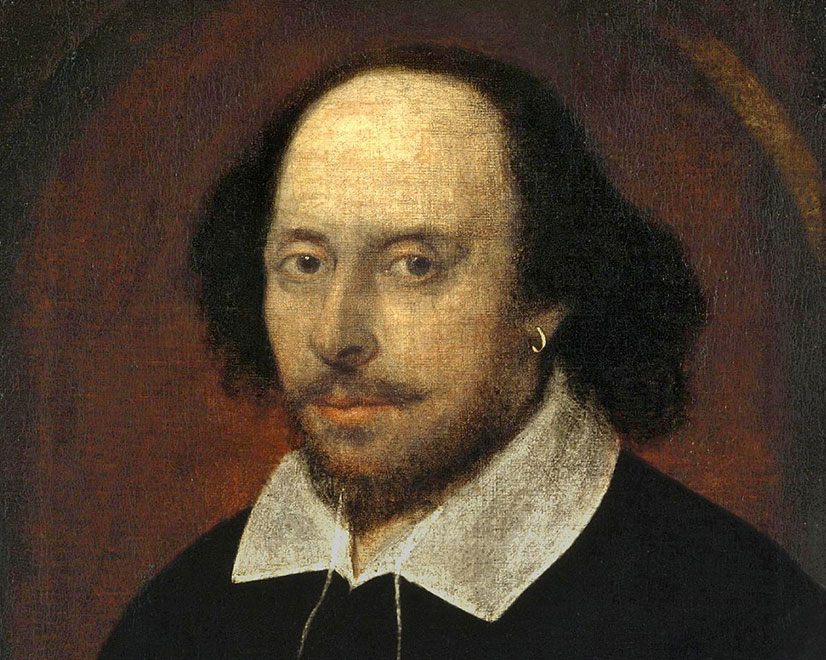Gabriele D'Annunzio
(1863 - 1938)
Country
Italy
Profession
artist
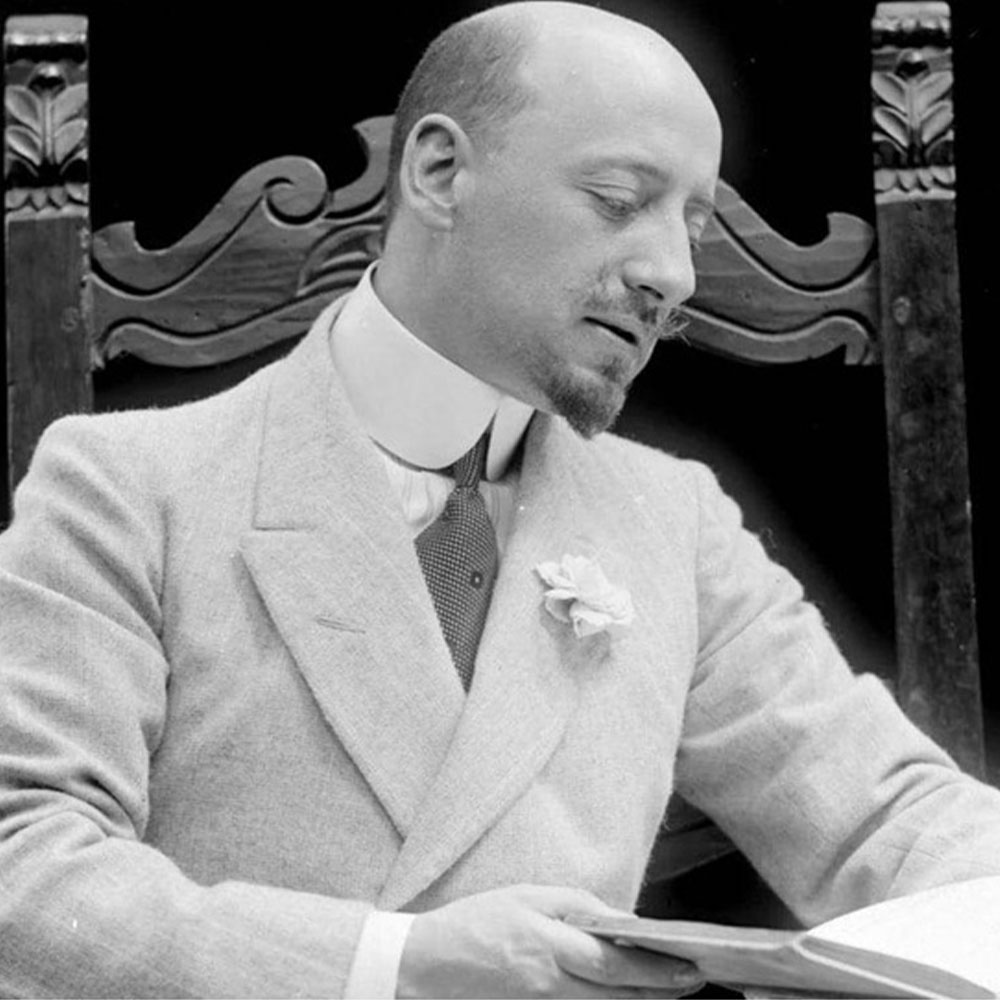
Bio
To get intoxicated, many artists in Rome, including Gabriele D'Annunzio, travelled the stretch that goes from the Caffè Greco in Via Condotti to the port of Ripetta, where you can find delicious wines and marsala landed from ships coming from Sicily. D'Annunzio did not like wine and did not tolerate it well. In a 1912 letter to a friend, he complained that his doctor had advised him to drink aged Bordeaux as a remedy: "Ah, there are not anymore the doctors that used to be!" When really forced to it, he more willingly drank liqueur, whereas he had a fondness of grapes, his favorite fruit. Wine appears quite frequently in D'Annunzio's writings, but with negative connotations, useful for the writer's pen to characterize bad habits and negative actions of the characters.
Tradition has it that Gabriele D'Annunzio was just about abstemious, and very moderate in taking food, to the point of imposing himself total fasting, which lasted up to forty-eight hours, in moments of maximum creative concentration on his own work.
We know instead that Gabriele was capable of gorging himself on food like a «ferocious wolf of the Majella» as much as he was of fasting. In the corpus of his work there is no lack of descriptions, hints, annotations, and references to cooking. In regards to wine, the presumed physical incompatibility of the man D'Annunzio did not prevent the Vate (the Bard) from recognizing its value. Malvasia also is included in this characteristic, as is well documented by the research of Enrico Di Carlo and Luca Bonacini (2022), recalling that D'Annunzio in his work does not fail to take the readers by the hand leading them on a long ideal path of grapes and vineyards, where aromas and territories blend wisely.
Exemplary, in this sense, is a page from the Life of Cola di Rienzo (1913) where: “Not only at every hour of the day and night he mixed sweet and brusque wines in its caraffe, Greek and Hispanic, Albano and Trebbiano, Falerno and Malvasia, Moscadello and Màmmolo, but he also washed his hands and face with holy wine”.
Moreover, on the hills of Parma, in Langhirano, Cornelio Guerci (1857-1949) engineer, politician and winemaker, cultivated and produced Malvasia and above all he cultivates important friendships with Giuseppe Verdi (1813-1901), Arturo Toscanini (1867-1957), Ildebrando Pizzetti (1880-1968) and D'Annunzio. The latter sends him a telegram whose date is unknown: "Inebriated of your very clear amber, I want to embrace you again in the Vittoriale next Sunday. Stop. I'm afraid the invitation has not reached you. Your Gabriele d'Annunzio". The wine, the excellent “Colli di Parma” wine, is the venerable bottle of Malvasia.
D'Annunzio also mentions Malvasia in a letter to his son Gabriellino as he asks him to postpone his visit to the Vittoriale, because he may have drunk a little too much.
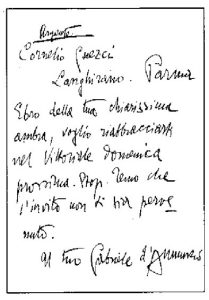
BIBLIOGRAPHY
Traglia Gustavo, Le ghiottornie di Gabriele D’Annunzio. Milano, Veronelli, 1957.
Conti Gaetano, I gusti della tavola in Gabriele D’Annunzio. Milano, IPI, 1965.
Sorge Paola, A tavola con D’Annunzio. Milano, Electa, 1998.
D'Annunzio Gabriele, La gola di un esteta. Pagine di cibo, vini, seduzione e bellezza. Correggio, Wingsbert House, 2014.
Di Carlo Enrico, Gabriele D’Annunzio e l’enogastronomia della memoria. Castelli, Verdone Editore, 2013.
Di Carlo Enrico, Bonacini Luca, Il Brindisi del Poeta Astemio. Afterword by A. Grignaffini, Castelli, Verdone Editore, 2022.Il gastronomo errante Giacomo Casanova: tra gamberi e pernici a tavola con il Cavaliere di Seingalt. Roma, Ricciardi, 1998.
Naudin Jean-Bernard, Casanova: un goloso libertino. Venezia, Canal e Stamperia Editrice, 1998.
Romain Hyppolite, A tavola con Casanova: i menu della seduzione. Milano, Mondadori, 1998.
